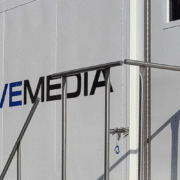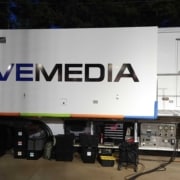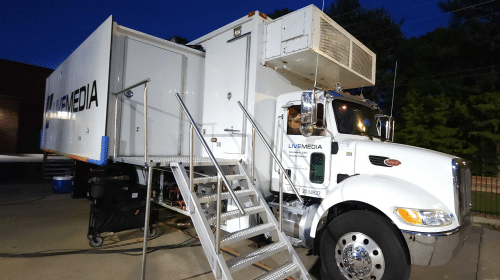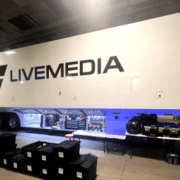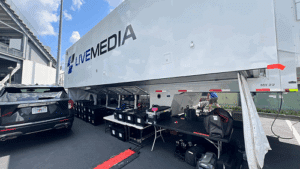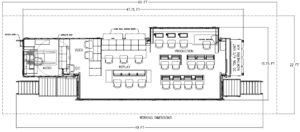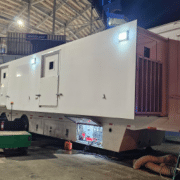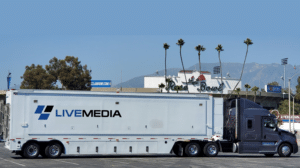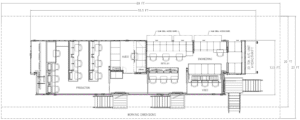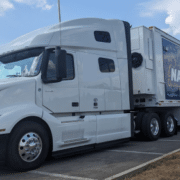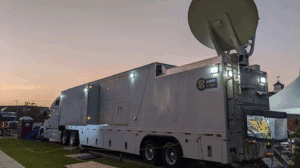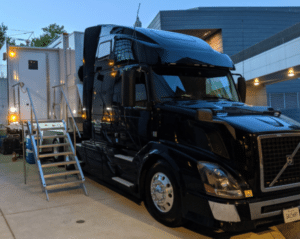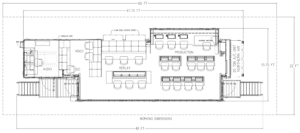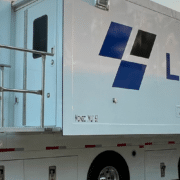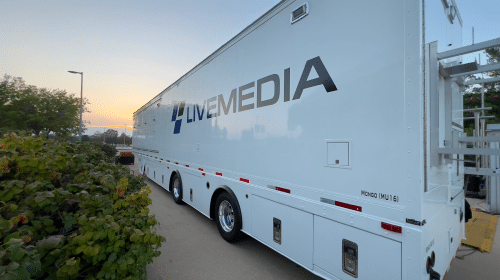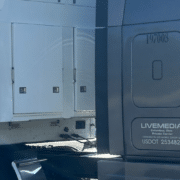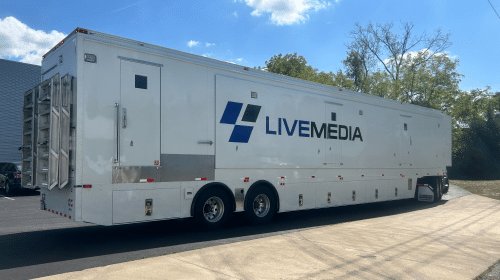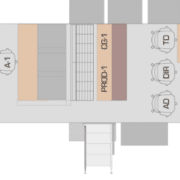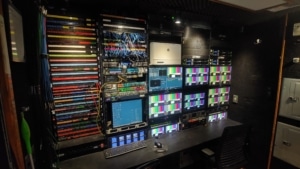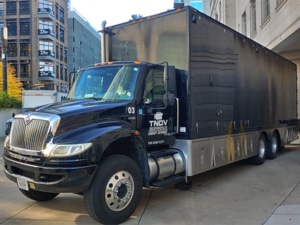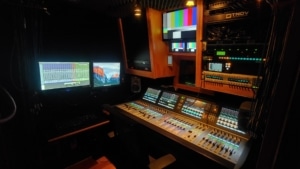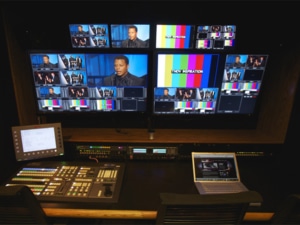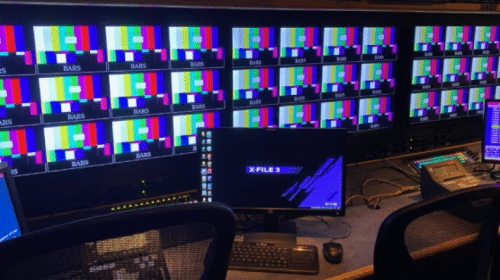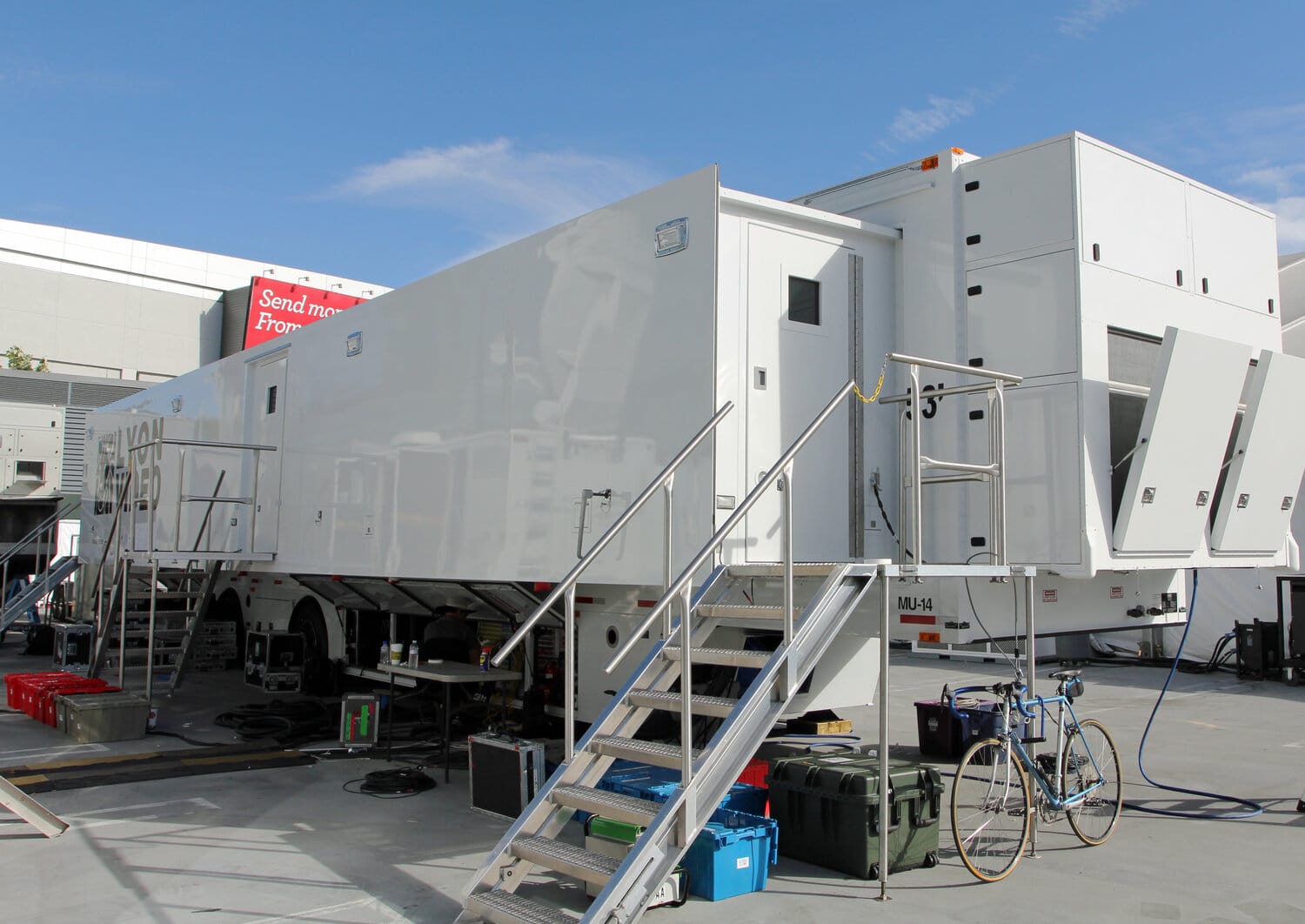Mobile Unit Snapshot: MU-27 – A Purpose-Built REMI Production Truck
MU-27: A Purpose-Built REMI Production Truck for the Future of At-Home Broadcasting
As the broadcast industry continues its shift toward decentralized production workflows, the demand for mobile units that support REMI (Remote Integration Model) and at-home broadcast strategies has exploded. Live Media’s MU-27 is purpose-engineered to meet that demand—offering a powerful, agile, and non-expando production platform that brings all the field infrastructure you need without the footprint and complexity of a traditional broadcast truck.
With the explosion of live event streaming, esports, regional sports, and hybrid studio workflows, the MU-27 gives production teams a mobile solution that does more with less. It’s designed to act as the perfect field acquisition companion, enabling remote switching, centralized graphics and replay, and full camera control—all while reducing deployment time, operational overhead, and total system weight.
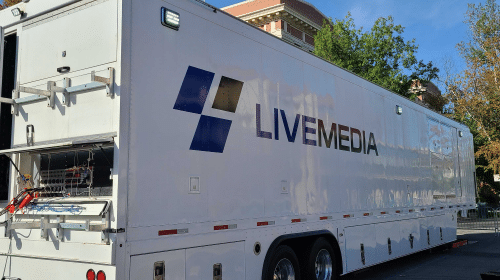
Unlike expando trucks with full switcher bays, MU-27 is designed to integrate seamlessly into REMI workflows. There’s no onboard production switcher by default (though field configuration is possible), allowing productions to pass signals directly from the field to centralized control rooms where switching, graphics, and directing can occur remotely. This minimizes crew size, shortens setup time, and enables cost-effective live production without compromising quality.
The routing infrastructure is anchored by a Ross Ultrix 48×48 3G video router, supporting full audio embedding/de-embedding and four integrated multiviewers. This provides flexible signal management from cameras to replay to comms. The router interfaces with 48×48 frame sync I/O and is equipped with 2×2 MADI ports for audio transport. Paired with a Ross Sync Generator with automatic failover, MU-27 is rock solid in any live scenario.
The camera package is designed for high-end acquisition in remote and hybrid workflows. MU-27 comes equipped with nine Grass Valley LDX80 Premiere cameras with triax backs, and one LDX86 that supports both dual triax and SMPTE fiber, giving producers flexibility across diverse field scenarios. With nine Grass Valley triax or SMPTE base stations and six LDK Super XPander kits, the truck supports large-scale camera builds, sideline kits, and shoulder operations. The lens package includes everything from long box zooms—like the Fujinon 88×9.3 and 77×9.3 lenses—to wide-angle ENG options like the 13×5.5 and 22×7.8 zooms. Wired for up to 10 CCUs, the camera setup makes MU-27 a full field studio on wheels.
For replay, MU-27 is wired to support two 6-channel EVS units and one 4-channel spotbox. While EVS units aren’t included by default, the infrastructure is pre-wired and integrated with an EVS XHub and routing backbone, allowing instant deployment of ingest and replay systems. This enables on-site ISO recording or remote-controlled replay from centralized hubs, depending on the production’s needs.
Audio operations are led by a Calrec Omega console with Bluefin DSP, providing 56 faders, 160 DSP channels, and support for 96 mic/line inputs, 96 outputs, 32×32 AES, and 128×128 MADI routing. With 20 mono or 10 stereo aux sends, multitrack outputs, and support for both stereo and 5.1 program audio, MU-27 delivers network-quality audio in a tight, remotely operable format. The suite includes a DK Audio phase monitor, DBX 1046 compressor/limiter, DigiCart playout systems, and Genelec/Wohler monitoring for control rooms and suites.
Communication is critical in any REMI operation, and MU-27 delivers with a 64-port licensed RTS ODIN matrix, providing deep VoIP, 4-wire, and IFB support. The truck includes 16 4-wire ports, 16 RVON channels, four RTS KP-32 intercom panels, and two KP-12 stations for flexible talkback assignments. It also features RTS TIF-2000 telephony interfaces, a JK Audio Innkeeper hybrid, belt packs, IFB packs, and both single and dual-muff Beyer headsets. This allows directors, operators, and remote talent to stay fully in sync—whether they’re on the truck, at a production hub, or joining via remote uplink.
MU-27’s AV support inventory includes all the tools needed for remote talent and sideline deployment: HMD26 announcer headsets, Studio Tech announcer boxes, Sennheiser MD46 stick mics, MKH416 shotguns, MKH807 long-range mics, and MKH418 stereo units. Monitoring is handled with 15” and 21” SDI field displays and an LED light kit for flexible mobile setups.
Cabling includes 7000 feet of triax camera cable, 3500 feet of TAC-12 fiber, 3000 feet of DT12 audio multicore, and 1500 feet of XLR plus 2100 feet of 4-pair audio mult. Two 5-wire coax mults, totaling 300 feet, are also included—giving engineers everything needed for remote integration over short or long distances.
Why MU-27 Is the REMI Truck for Today’s Broadcast Reality
With live events shifting toward hybrid, cloud, and REMI models, the MU-27 provides a forward-looking solution for teams seeking efficient, modular, and flexible broadcast support. It’s a full-featured field truck that hands off routing, audio, replay, and comms cleanly to centralized production facilities—reducing on-site crew sizes, gear transport needs, and turnaround times.
Whether you’re covering regional sports, streaming worship services, broadcasting corporate meetings, or producing news from the field, the MU-27 gives you professional-grade acquisition, audio, and signal control in a purpose-built, REMI-first package.

